In one of my former lives, I worked as a wine merchant and sold copious quantities of Angostura Bitters to the bartenders of London and the south-east of England. Indeed, we always had a bottle of it in our cupboard at home. My understanding of its origins and make-up, however, was limited to knowing that it’s the ingredient that makes Pink Gin pink. That has now all changed, thanks to a guided tour of the Angostura Distillery in Port of Spain on our last afternoon in Trinidad.
We almost didn’t make it due to dodgy directions from the sat-nav, but I’m so glad we did, albeit a couple of minutes late.
In this article
The Tour of the Angostura Distillery
Our guide, Michelle, a white Trinidadian, was brilliant. Our fellow visitors – a Trini couple now living in Australia, a young Swedish guy, and a German/Venezuelan couple – were all interesting, as well as interested, and added to a very enjoyable afternoon.
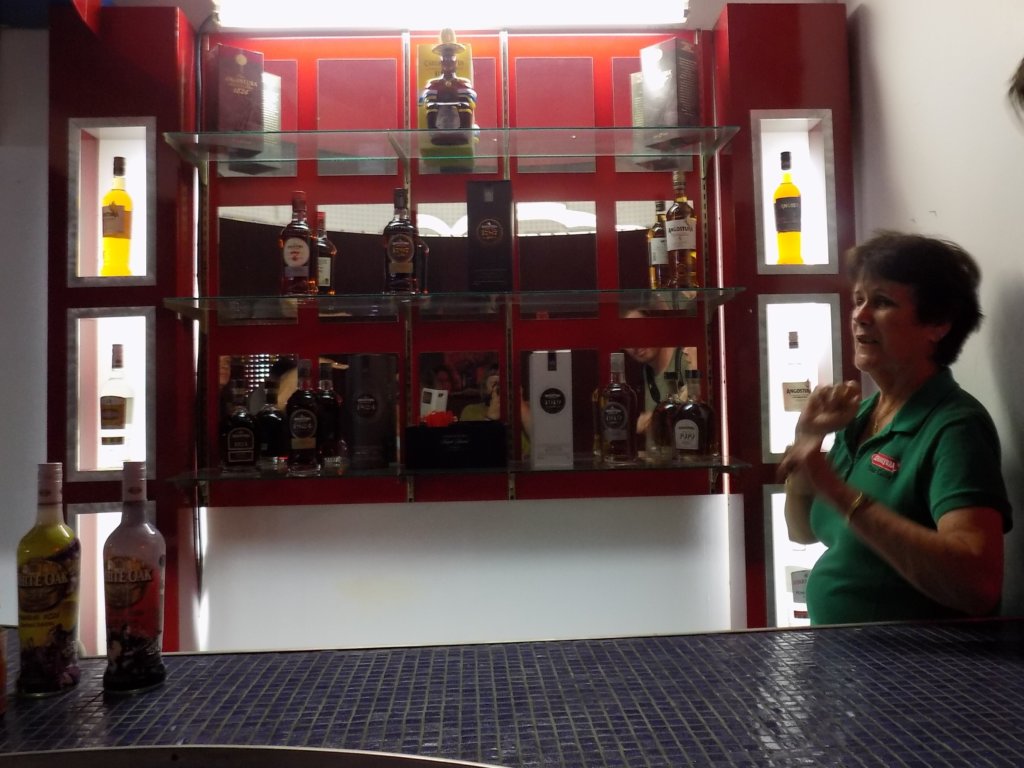
Angostura’s Products
Not only is it home to the famous bitters, but Angostura Distillery is also Trinidad and Tobago’s sole producer of rum, and local people stick to the brand with a nationalistic zeal, rarely drinking anything else. The dark variety, ‘Black Label’, the white version, ‘White Oak, and the 75% proof puncheon, ‘Forres Park’, which forms the basis of the islands’ famous rum punch, are all drunk across both Trinidad and Tobago. We’ve met many Trinbagonians during our time here who believe Angostura rum to be the best in the world. Having tasted the wonderfully smooth, aged, single-barrel varieties ‘1787’, ‘1824’ and ‘1919’, Mark is inclined to agree with them!
As for the aromatic bitters, locals add a dash or two to everything from drinks to marinades, soups to stews, puddings to cakes, and swear by it as a cure for almost any ailment! I can vouch for its anti-sickness properties – drink it mixed with soda water and you’ll feel better in no time!
The History of Angostura Bitters
Angostura Bitters were originally created as a medicine. A German doctor, J. G. B. Siegert, founded Angostura in 1824. He had travelled from Europe to Venezuela to join Simón Bolívar in the fight for independence from Spain. Siegert was horrified by the debilitating stomach ailments that plagued Bolívar’s troops and began experimenting with local herbs and spices to come up with a remedy. He succeeded and his secret recipe is the one that’s still used today. He named his tonic after the Venezuelan town of Angostura, where Bolívar was based.
The mixture became popular with British sailors and there was soon a demand for the product overseas. As its popularity grew, it was decided to move production to Trinidad as it was more economically and politically stable than Venezuela.
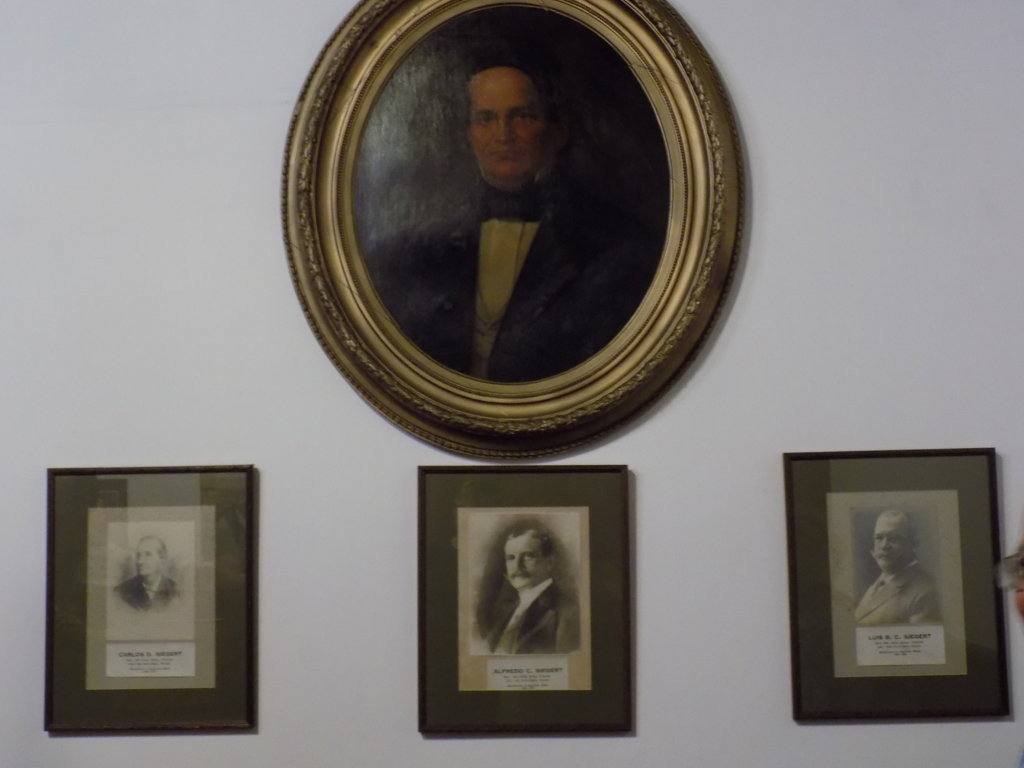
When Siegert died in 1870, the company was taken over by his sons, Carlos, Alfredo and Luis. It is said that it was a misunderstanding between two of them that led to the distinctive and rather bizarre packaging Angostura bitters have always been famous for. The story goes that one of the brothers was tasked with designing the bottles for the product and another was given the job of sourcing the labels. They didn’t compare notes as well as they should have. When the first lot of labels was put on the first batch of bottles, their fundamental error was recognised. The labels were too big for the bottles! They decided to go with it and that is the way it has remained to this day. Despite being voted as having the ‘worst packaging ever’ by the British Advertising Council in 1995, consumers have not been put off. The iconic bottle is instantly recognisable the world over (even if it has occasionally been mistaken for Worcester Sauce!). When I was selling Angostura Bitters, my customers would often ask me not to wrap the bottles in tissue paper, as I normally would, as it would crease the paper collar!
The only time the packaging has been changed in the company’s long history was when a limited edition was produced to commemorate Queen Elizabeth II’s diamond jubilee in 2012. The company is very proud of the fact that it has held the Royal Warrant for longer than anyone else. Only a few cases of this special version were made and it was thought that all of them had been given to the Royal Family and to British embassies throughout the world. Recently, however, a case was found in the cellars at the distillery and so we were able to buy a couple of bottles during our visit!
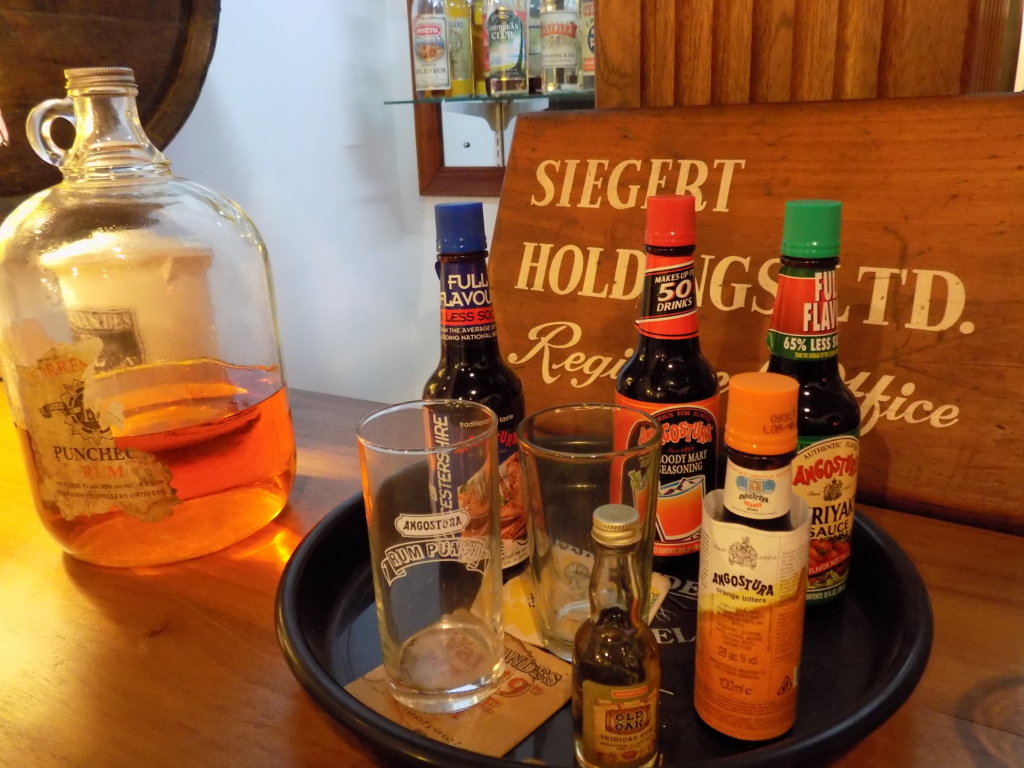
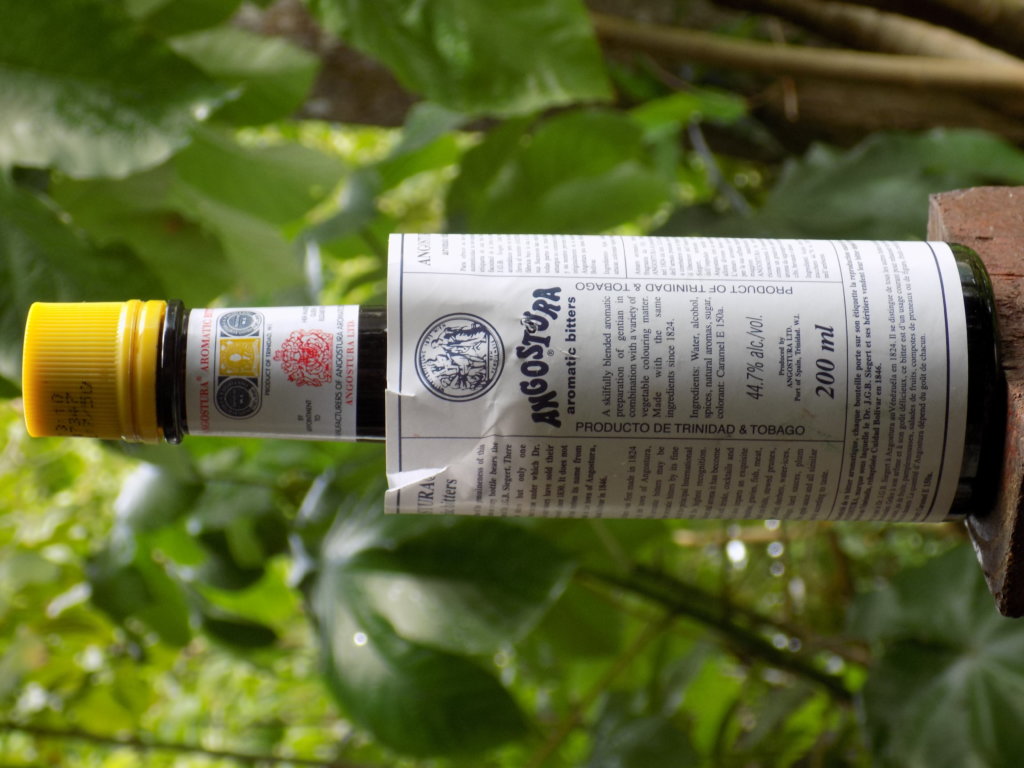
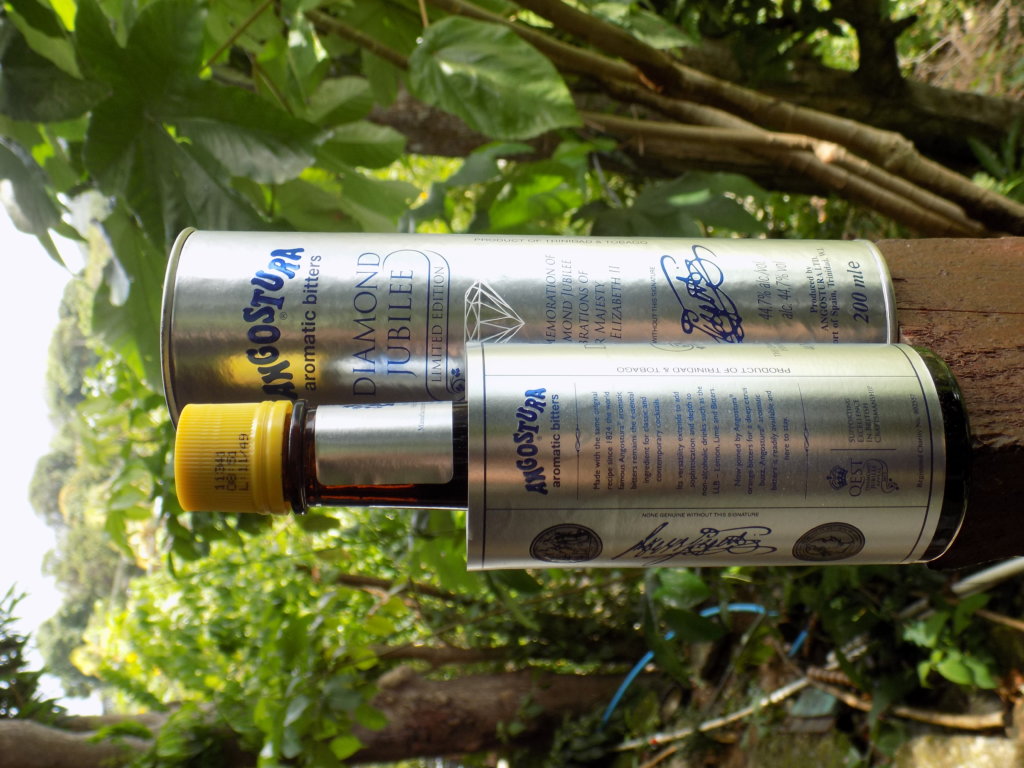
The Recipe for Angostura Bitters
As for what is in Angostura Bitters, the secret recipe remains just that. No one person knows the entire recipe. Instead, several individuals know part of it. These people are not allowed in the blending room together. In fact, they have never knowingly met each other! Each sends his or her part of the blend down the chute to the same percolating container that’s been used since 1875!
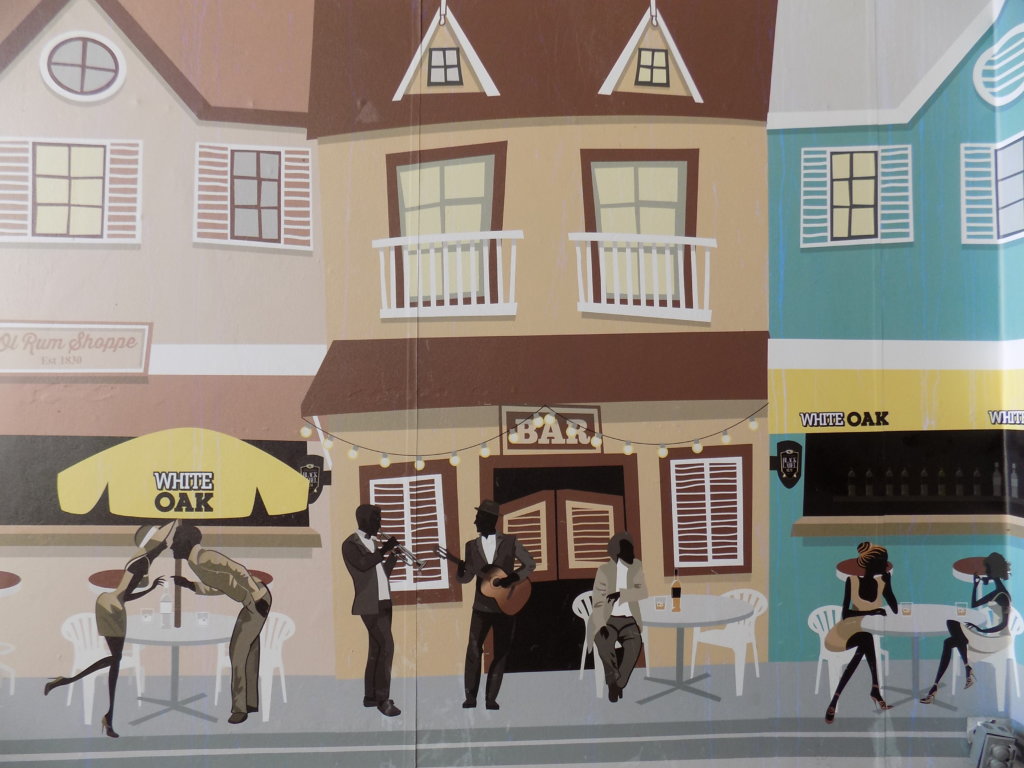
What we Saw
Our tour of the Angostura Distillery took in the company’s history in the on-site museum; the blending process (as much as we were allowed to know!); the distilling process, where it was mind-blowing to learn that all of the Angostura Bitters that exists in the world originates from one of the four stainless steel tanks we could see in front of us (none is made under licence elsewhere); the bottling plant; and, of course, a tasting! We were also able to see the world-class Barcant Butterfly Collection which is housed on site.
What it Cost
The price for the tour? A very reasonable $60 TT (about $10 US) per person.
Make sure you e-mail to book in advance of your visit.
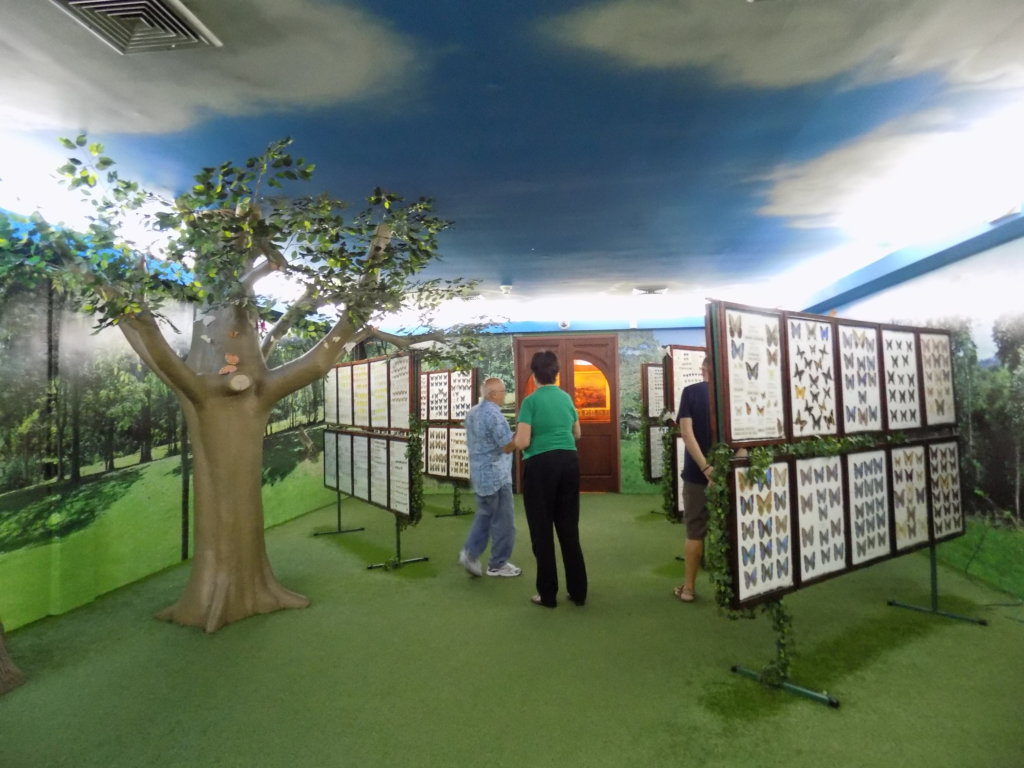
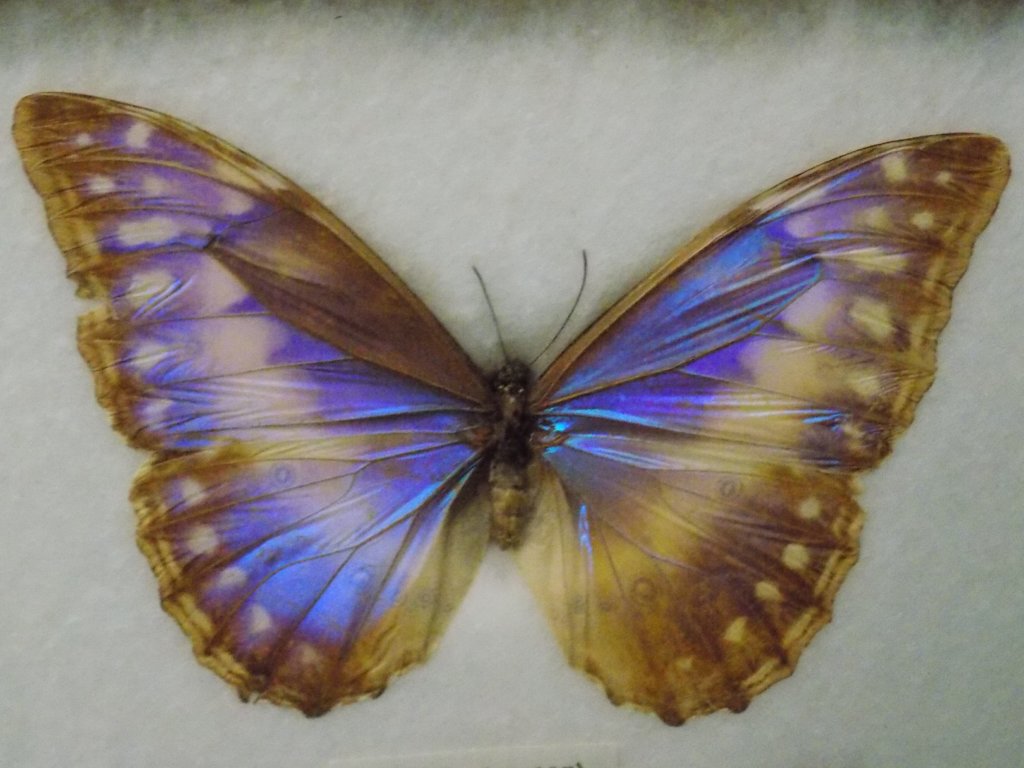
BUY THE GUIDEBOOK!
IF YOU LIKE WHAT YOU’VE READ, PIN IT!!
If you’re travelling soon, please use these links!
Are you travelling soon? Use these links when making your bookings. These are the companies we use. It won’t cost you any extra, but we will earn a few pennies to help keep Happy Days Travel Blog going. Thank you!!
- Book your travel insurance with World Nomads (Never leave home without protecting yourself, your trip and your belongings!)
- Book your flight with Skyscanner
- Book your accommodation with Booking.com
- Book a tour with Tour Radar or Intrepid Travel
- Book city tours and activities with Get Your Guide
Disclosure: This post contains affiliate links. If you click through for more information, or to make a purchase, it may result in a small commission coming my way. Please note that there is no extra cost to you associated with this. Thank you so much for supporting my site.
Join our mailing list

Sign up to receive our monthly newsletter. Keep up with what we're doing and be the first to receive special offers and insider tips.

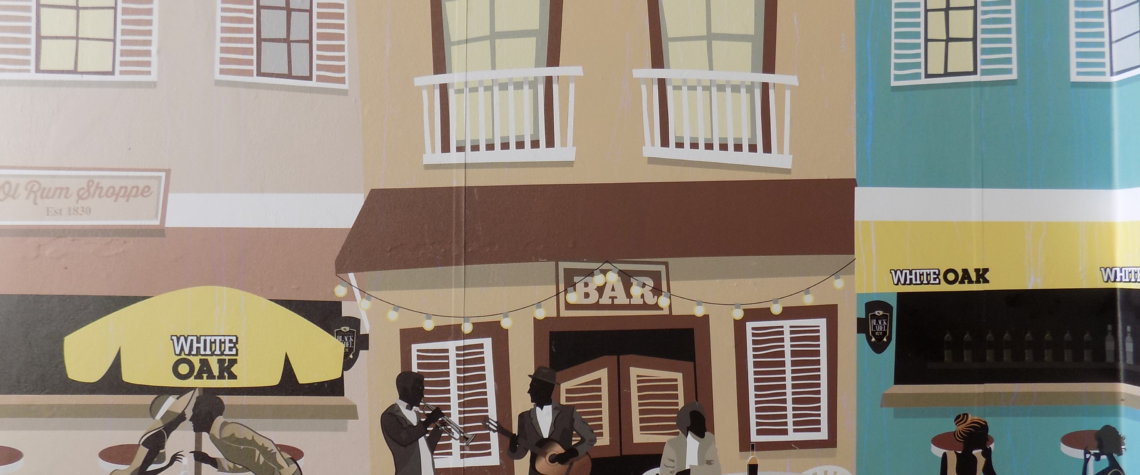
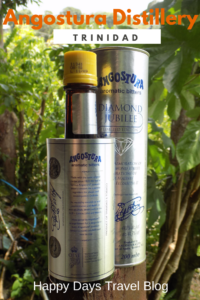
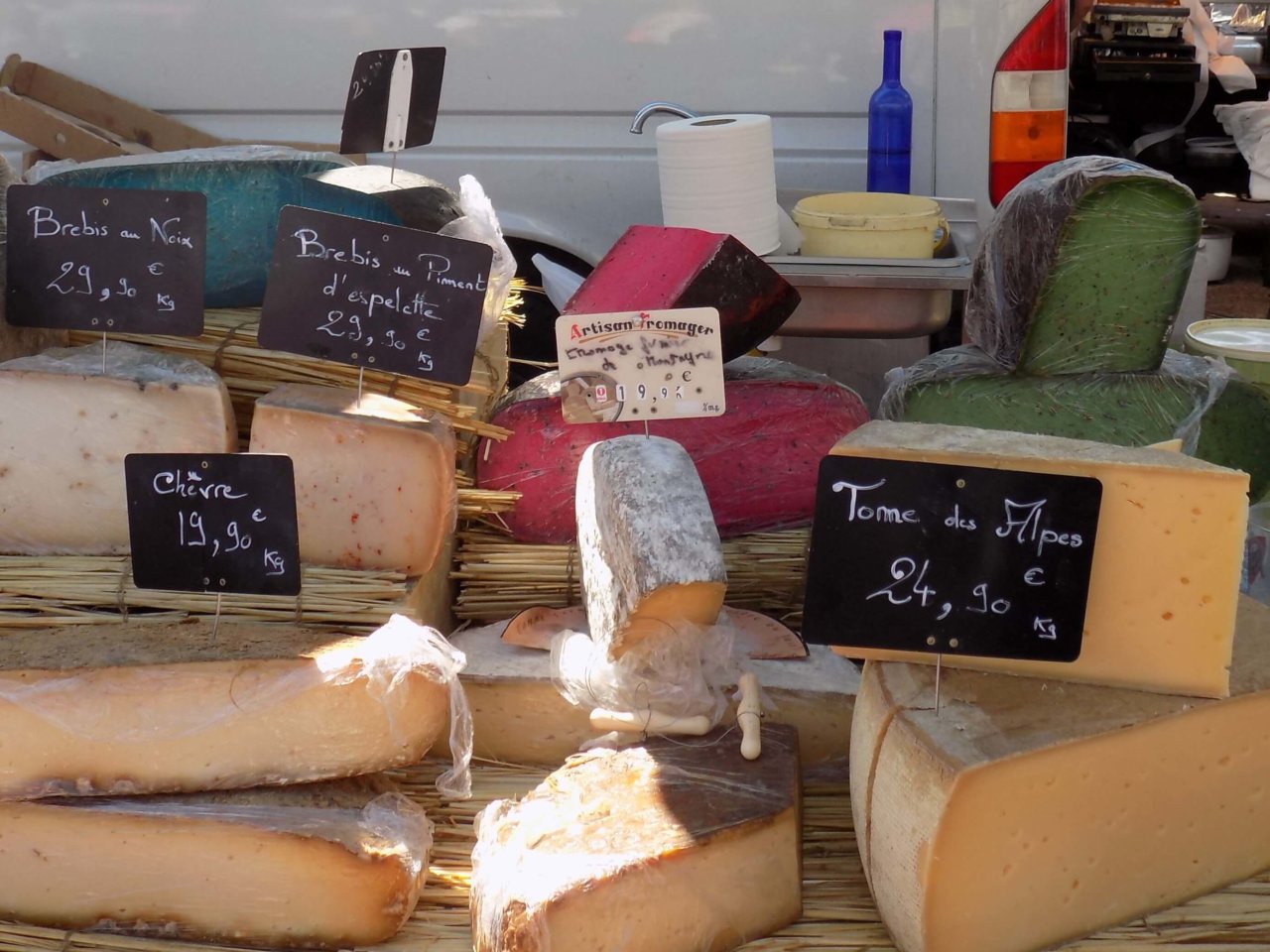
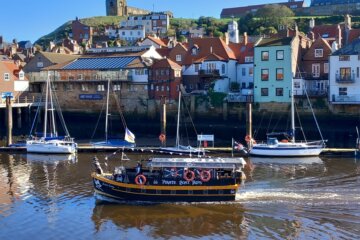
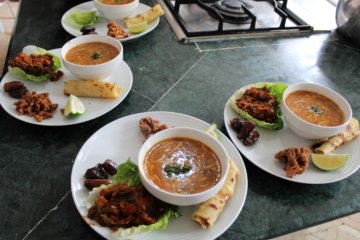
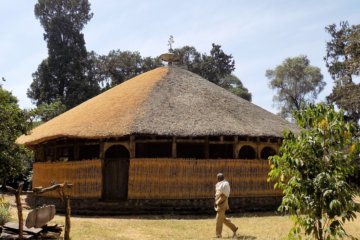

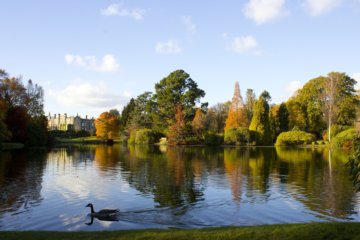







What is it about Germans and alcohol, I wonder? 🙂
You tell me!! 🙂